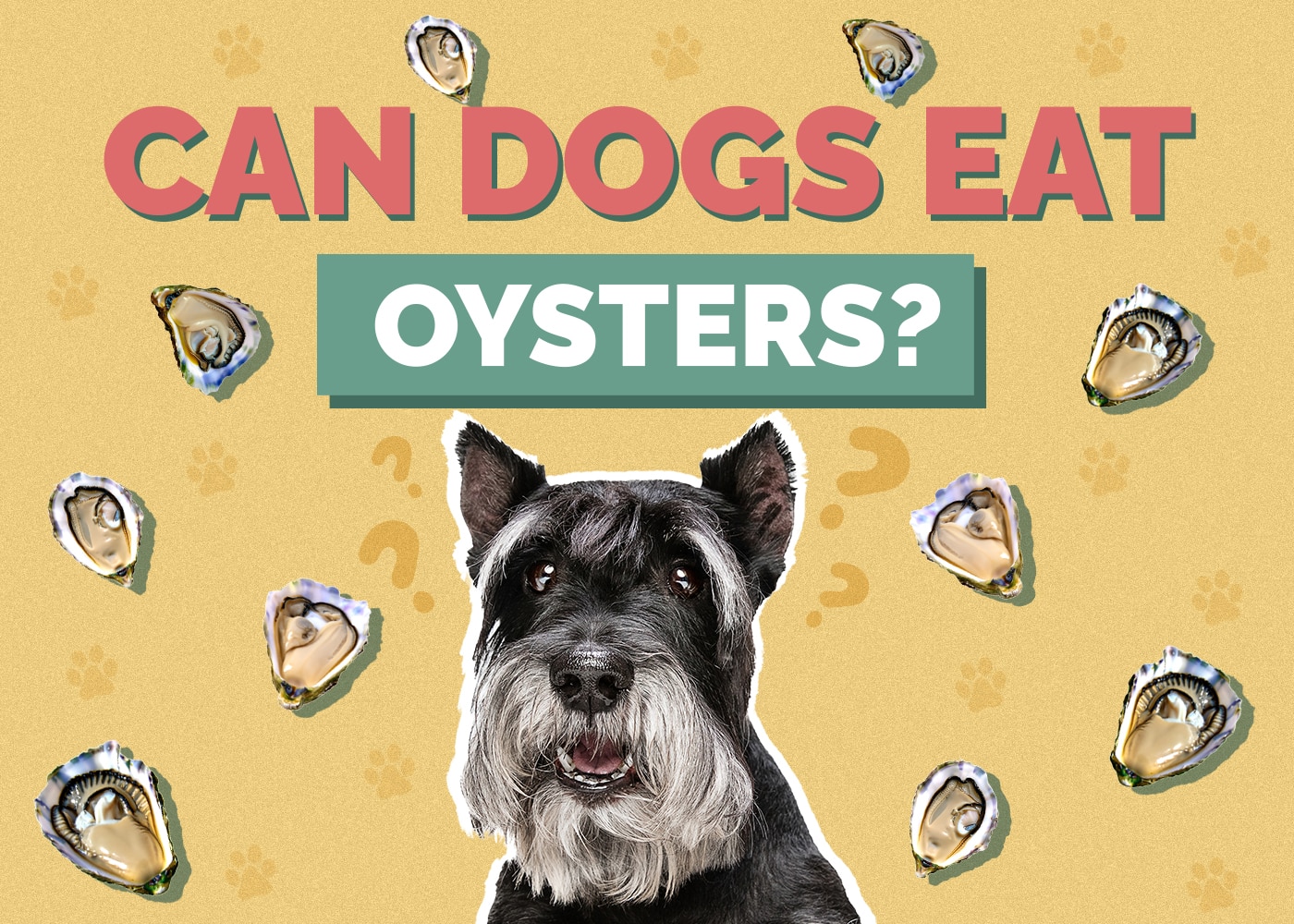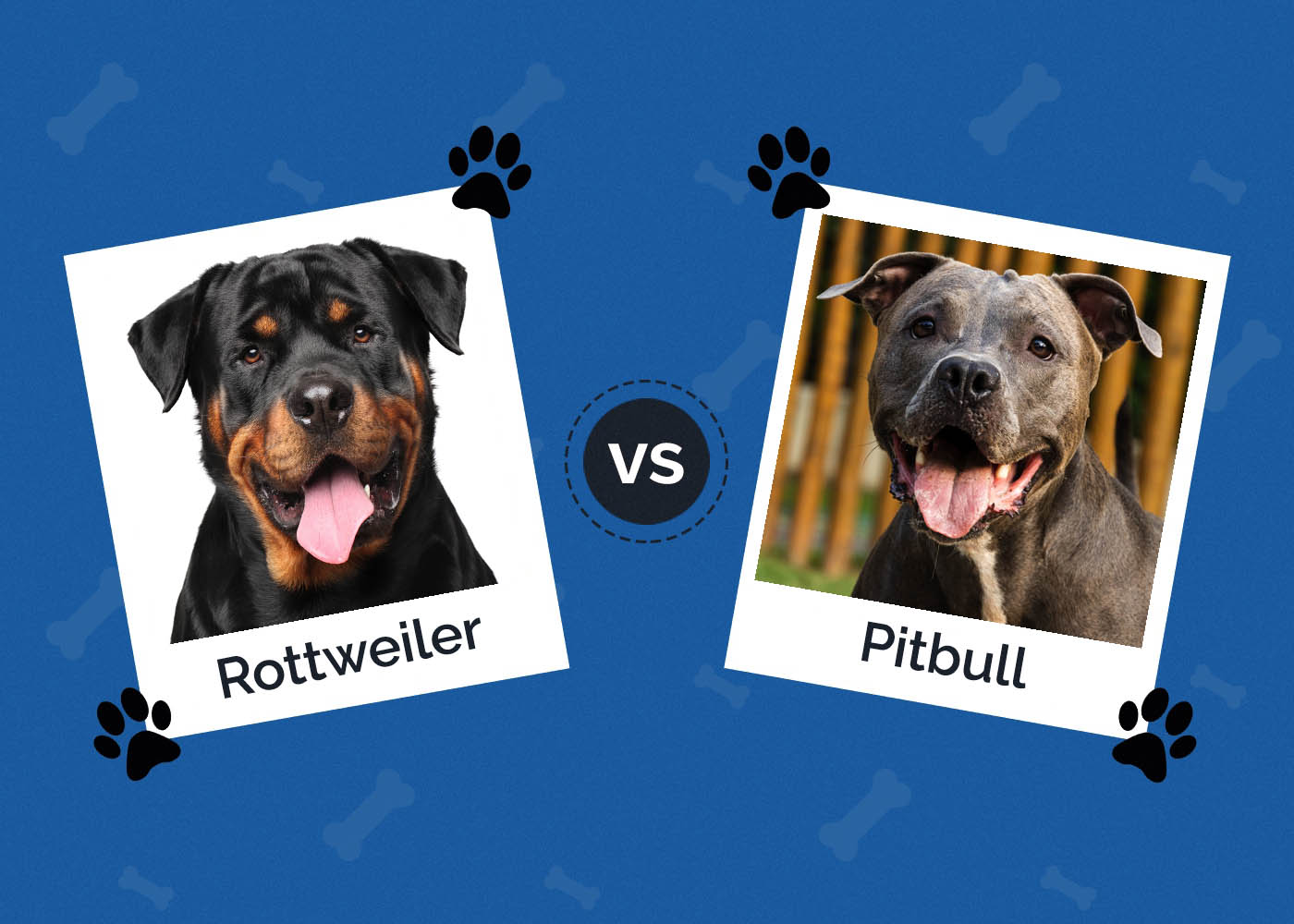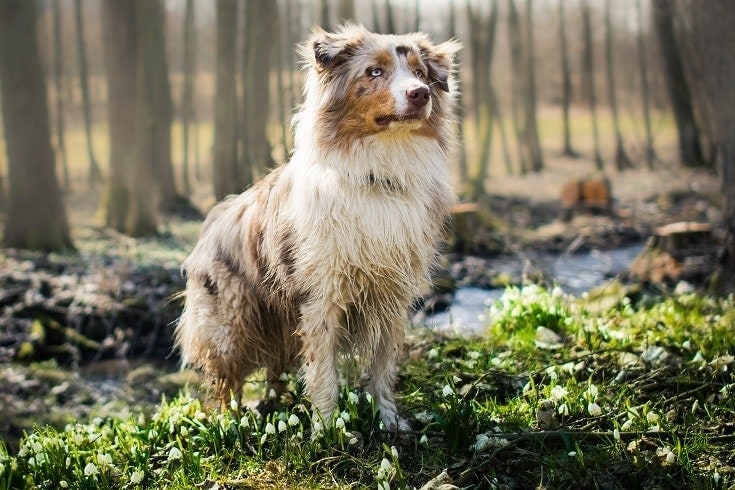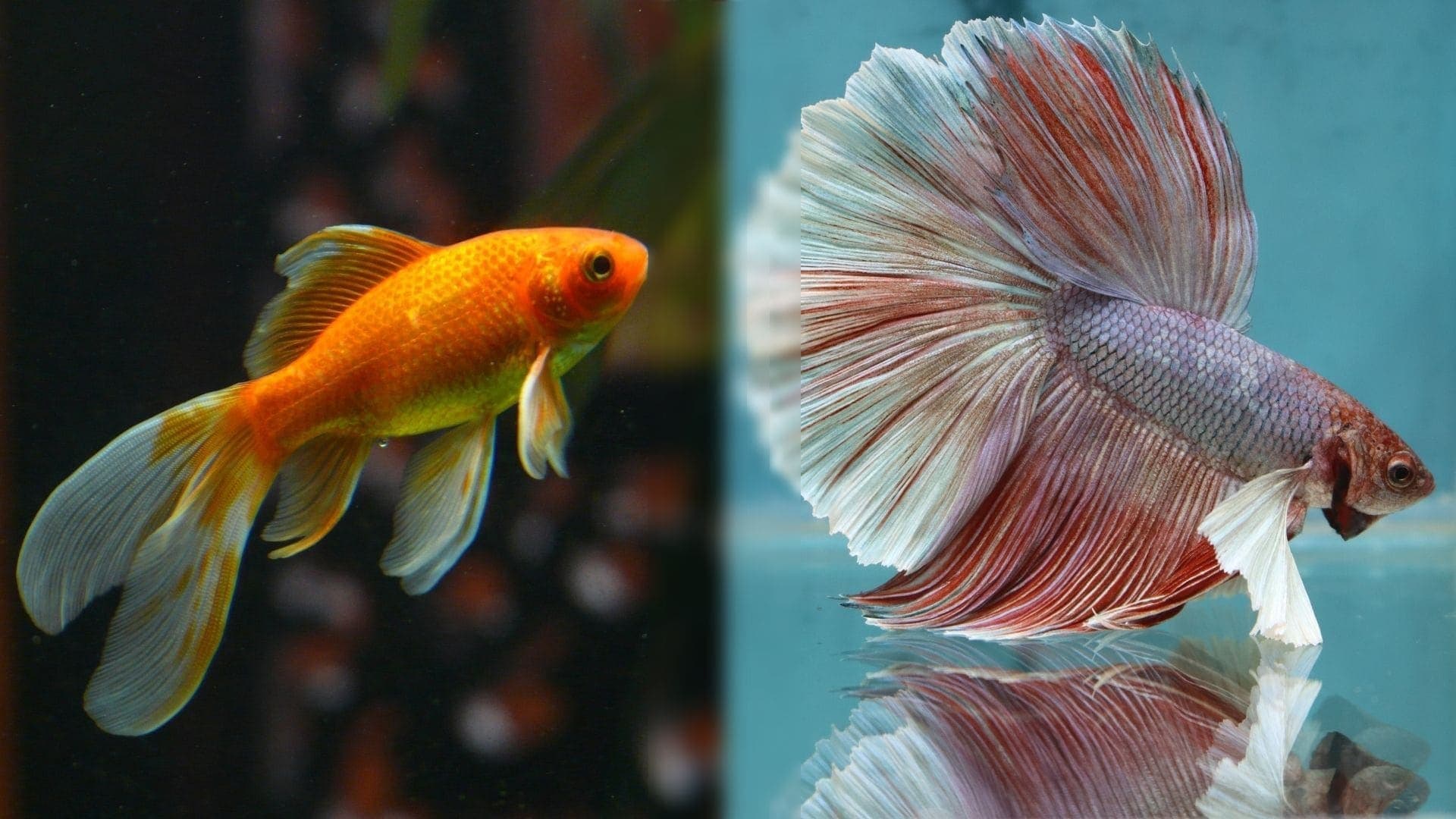Can Dogs Eat Oysters? Vet Approved Food Safety Facts & FAQ

Updated on

You’ve got a fresh plate of oysters and you’re about to dig in when your pup looks at you with expectant eyes. What do you do? Can you share this popular seafood snack with your furry friend?
It is safe to feed a small amount of oyster meat to your dog, albeit in strict moderation, and only if prepared adequately. However, never give the shell. But are oysters actually good for your pooch? How many should they eat, and are there any health benefits that your dog can reap?
Oysters are a very beneficial source of protein. They also contain omega-3 fatty acids and are loaded with minerals including iron and selenium. These nutrients have a lot of proven benefits, but also some claimed but yet unconfirmed. Plus, there are risks to be aware of when eating this type of seafood.
But do these health benefits extrapolated from human nutrition actually apply to dogs? We’ll go through all of this and more in our article.
Can Dogs Eat Seafood?
As a general rule, dogs can eat a little bit of most fresh but thermally processed seafood, as an occasional treat. However, it should never be raw and never served with shells or bones! Allergies are rare, although they do exist. There is little evidence or information on allergies to some kinds of seafood, like shellfish in dogs, while fish meat is a commonly used protein source for dog food and treats. The most common allergens in dogs are dairy, beef, chicken, and eggs.1
Also, make sure to consider the risks of mercury and other heavy metals present in some seafood, such as tuna and swordfish. These are not good choices of fish to offer to your dog, as mercury can accumulate in the bodily tissues with chronic exposure and be toxic to dogs as well as humans.
However, you should always exercise a degree of caution when feeding your dog something new. New food, especially when introduced too quickly, will usually lead to an upset stomach in most dogs. If they have never eaten seafood, consult with your vet first and start with only a small amount. You can always feed them a little more next time. But if you offer too much, you run the risk that the food is too rich or inappropriate for their stomach, or they have a food allergy, and you could both end up suffering the consequences of canine diarrhea.

Can Dogs Eat Raw Oysters?
Definitely not! Raw fish and seafood can carry harmful bacteria, including Salmonella, Listeria, Clostridium, and many more. This means that you will need to cook the oyster meat thoroughly before feeding it. Avoid frying seafood because this can greatly increase the fat content, which a lot of dogs don’t tolerate that well, ending up with an upset tummy. Also, make sure to source your seafood from verified producers and sellers, as it goes bad quickly.
Vibrio is another bacteria commonly present in raw oysters that causes vomiting and diarrhea in people, and sometimes even systemic infection, severe blisters, and skin lesions, but there is no available information on this pathogen causing the same signs in dogs.
Whatever method of cooking you choose, whether you steam or cook the oysters, the important thing is to ensure that they reach a minimum internal temperature of 145 degrees Fahrenheit. This will kill most microorganisms that could make your pet ill.
Avoid adding any oils or other seasoning, and if you don’t buy your oysters fresh, ensure that they are not processed. Many of the ingredients used in the commercial preparation of oysters can be harmful, or even toxic (we’re looking at you, garlic, and onion powder) for your dog.
Never feed your dog shells. They are brittle and sharp when they break and can damage the dog’s mouth, throat, and esophagus, or lead to choking. If swallowed, they can cause a blockage in the stomach or intestines, and damage the lining of these organs. All of these scenarios require urgent veterinary attention.
Other Risks Associated with Oysters
Paralytic shellfish disease is luckily a fairly rare condition in dogs, but it is a known risk for people, even when eating cooked shellfish. Oysters and other types of shellfish feed on algae. These algae produce a biotoxin that is usually present in low numbers and doesn’t cause any problems. But when the algae “blooms,” the amount of biotoxin increases, and the more algae the shellfish eat, the more toxin they accumulate. The shellfish will slowly flush the toxin out of their bodies, but this may take months or longer.
The toxins cause a disorder of the nervous system, depending on how much is eaten, which can quickly lead to paralysis of the muscles and even death, if not treated promptly. There is no antidote, only symptomatic treatment, and laboratory testing for the toxin is the only way to be certain if there is any and at what levels.

Oysters are unfortunately considered to be hyper-accumulators of many toxic metals, such as cadmium, copper, zinc, and mercury. These metals mostly accumulate in the body over time, when exposed to small levels through seafood sources, and may cause damage to the nervous system. Puppies and young dogs are particularly at risk as their brain and nervous system are still developing.
Industrial chemicals such as polychlorinated biphenyls (PCBs) are commonly present in the environment, and oysters are particularly vulnerable to their accumulation, due to the nature of their feeding through filtering water. These compounds will deposit in the fat tissues of humans and dogs alike and may pose certain health risks in case of a large exposure.
How Many Oysters Can You Feed a Dog?
Before considering oysters or other seafood as a treat option for your dog, you should consult a veterinarian to determine the right number of oysters to give your dog. It should be very little at a time, offered sparingly and occasionally. Generally, though, start with a very small amount and ensure that they do not disagree with your pooch. If all goes well, you can try increasing the amount just a little. Factors such as the size of your dog and their tolerance to seafood, age, medical history, and any concurrent medication will determine how many oysters you can feed your dog.
Cost may well dictate the number of oysters you feed a dog. They tend to be on the more expensive side when bought fresh. However, you should also consider your dog’s stomach. For safety purposes and the above-discussed risks, we wouldn’t offer more than one oyster without consulting with a vet, due to all the risks associated with this seafood. Oysters can provide a good source of protein and other ingredients, especially zinc, but too many of them can also make your dog ill. This is mainly because seafood is not a common protein for dogs (unless we’re talking about fish), and some may not tolerate it well.
Finally, there is another very important consideration when discussing the potential health benefits of oysters. We won’t dispute the many nutritious ingredients that oysters have, but keep in mind that the safe amount of oysters that your dog can eat is very small, so they will not offer significant nutrition. Giving a small piece of oyster meat to your pooch as a treat now and then is fine for most dogs, but you cannot rely on it to be a significant or main source of these nutrients.
Your dog’s balanced diet should be following the AAFCO’s specific nutrient recommendations in the United States (or similar authorities in other countries) and will be the main source of all the ingredients they need for a long and healthy life. Everything else is there for a little bit of extra flavor.

A Great Source of Protein
Dogs get a lot of their daily protein from animal sources. This includes chicken and beef, but if your dog has an intolerance or allergy to these ingredients, fish represents a great alternative. Oysters are a good source of dietary protein, but they can only be used as an extra little protein boost, alongside the main diet. You can also include salmon, cod, haddock, and other varieties of fish.
Protein helps your dog feel fuller for longer, without packing in unnecessary calories and ensures that their muscles remain healthy. Protein provides the building blocks for the tissues and makes up the enzymes, hormones, and antibodies that keep our bodies strong and healthy.
Omega-3 Fatty Acids
Oysters can contain around 500 to 650 mg of omega-3 fatty acids per three-ounce serving, which makes them a beneficial source of this fatty acid.
Omega-3 maintains healthy skin and prevents itchy and flaking scalp. It also helps reduce joint pain caused by inflammation, and it strengthens the immune system. Many of the benefits of omega-3s are still under investigation.
Dogs are incapable of producing omega-3 themselves, which means that it must come from the diet. Some dog foods contain omega-3 additives and fish oils for this reason, but oysters are a great natural source and your dog will likely love the flavor, too. Before considering omega supplements or fish oil, speak to your vet, as these products are fatty and are not appropriate for all dogs. Also, your dog’s food already contains omega-3s, and by supplementing it, depending on the type of food, you may risk an overdose.
Adverse effects seen with an overdose may include upset stomach, clotting disorders, delayed wound healing, nutrient excess, and weight gain. Dogs that suffer from digestive issues, pancreatitis, or diabetes, or are taking anticoagulant medications, should only take these supplements if they get a green light from your vet. There is no information on the safety of omega supplements in pregnant or nursing dogs, and these should be avoided for now.
Other Minerals in Oysters
Oysters are rich in protein and omega-3 fatty acids. They also contain iron, selenium, zinc, copper, and manganese. All of these ingredients are required for your dog’s body to be healthy and function properly, but the amount per appropriate oyster portion is small. As we discussed before, your dog’s diet is the main source of all these valuable ingredients, while oysters are just considered a bonus. Still, let’s briefly discuss some of these ingredients and their roles in the body.
Zinc is an important antioxidant and is useful for maintaining skin and coat health and a healthy immune system. It may play a role in the dog’s behavior, memory, and learning, which requires further research, to establish the range of zinc benefits for dogs and the recommended dose range. This is another ingredient that some food manufacturers add to meals after production, and it can be found in green vegetables, some of which are not appropriate food choices for dogs.
Zinc is important for all dogs, but some breeds do not seem to absorb this mineral well. Breeds like the Malamute and the Husky are at risk of a particular skin disorder called zinc-responsive dermatitis, despite adequate levels of zinc in their diet. This condition is possibly linked to stress, oestrus or heat in females, or severe gastrointestinal disease. Puppies of large and giant breeds can also develop this disorder if they are given supplements that contain phytates and calcium. These compounds interfere with zinc absorption.
All of this shows how important it is to consult with your vet about the appropriate food for your dog, depending on their age and health, as supplements are not the right answer for all, and they vary widely.
Zinc deficiency can lead to crusts and dry, scaly skin. It can have a detrimental effect on paw pads, too, causing thick crusts. As long as your dog has a good diet, is on a well-balanced kibble, and you haven’t been told by your veterinarian that your dog has a zinc deficiency, you do not need to worry about additional zinc content. On the other hand, if you own a Husky or Malamute, or your dog has chronic digestive or malabsorption issues, speak to your vet about zinc, as a small number of oysters could provide a good additional source of this important mineral.

Conclusion – Feeding Your Dog Oysters
A dog’s diet is very important to their well-being. They need the right mix of protein, vitamins, and minerals. While good quality commercially manufactured foods, in accordance with AAFCO, contain these ingredients in sufficient amounts, in most dogs, there’s no harm in adding a small amount of cooked but non-fried oysters to their diet, as an occasional treat, every now and again. Speak to your vet about the appropriate amount of oysters for your dog, and keep in mind the risks we discussed, associated with seafood.
Ensure that they are cooked, do not have the shell, are not fried, and are not processed foods with ingredients like powdered onion or garlic. Start with a small serving, look for signs that oysters do not agree with your dog, and only consider increasing their intake if they cope with the food well and your vet agrees.
See also:
Featured Image Credit: Pxfuel












